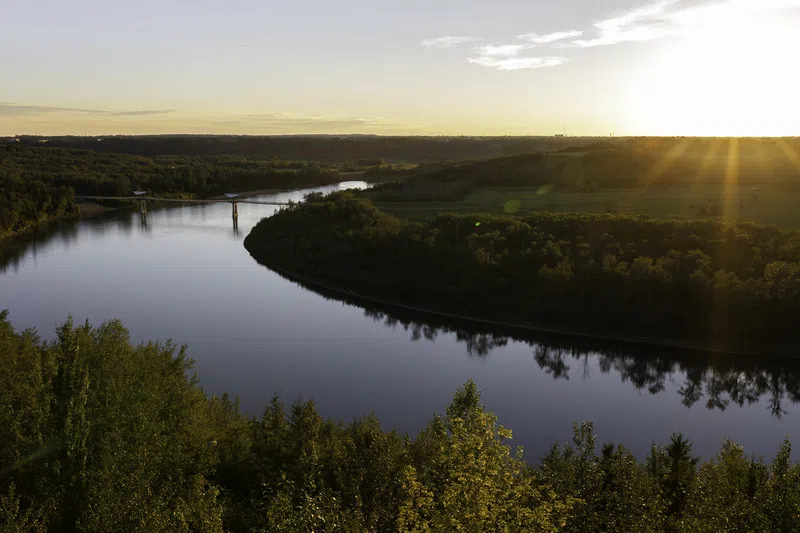The Government of Canada has announced more than $12 million in funding for 22 vital nature conservation and restoration projects through Canada’s Environmental Damages Fund, including one project close to Drayton Valley.
Canada’s Environmental Damages Fund was created as part of the federal government’s ongoing commitment to protecting the natural environment from threats to land, wildlife, waterways and communities, ensuring environmental good follows environmental harm by supporting important projects that protect Canadian wildlife and natural spaces.
Steven Guilbeault, Minister of Environment and Climate Change, made the announcement on Monday. Feb. 17, and says these 22 projects will focus on restoring or improving the natural environment, supporting wildlife, improving environmental quality and research and development leading to restoration.
“Our government is committed to taking concrete action to conserve wildlife and restore our natural environment,” says Minister Guilbeault. “Thanks to Canada’s Environmental Damages Fund, we’re supporting 22 projects across the country that promote biodiversity, Indigenous-led conservation, and local environmental action in ecosystems where damage has occurred.”
This funding includes $356,475.00 for the Swim Drink Fish Canada project. Officials say this project should address sewage pollution which should improve the health of fish in the Strawberry and Beaver Hill sub watershed of the North Saskatchewan River. They say this will be accomplished by engaging the community in monitoring water quality, developing new tools to support community-based water monitoring programs and identifying specific rivers and regions for remediation and stewardship.
A watershed is a land area that collects precipitation and drains it into a water body like a river, lake, or stream. The North Saskatchewan River and its watershed cover almost 100,000 square kilometers across Alberta and Saskatchewan.
These projects are led by 14 non-government organizations, six Indigenous organizations, one municipality and one university, with the following goals:
- Engage more than 31,000 participants in project activities, such as restoring fish habitat.
- Reduce or divert 144,710 kg of toxic or harmful waste from the environment.
- Reduce 5,191 tonnes of greenhouse gas emissions, the equivalent of taking nearly 1,600 gas cars off the road.
- Monitor, assess, and direct studies carried out on 127,265 hectares of habitat, which equals over 800,000 hockey rinks.
- Provide restoration and management action on 2,670 hectares of habitat, equivalent to nearly 17,000 hockey rinks.
- Implement environmental quality improvement activities on 17,824 hectares of habitat, which equals over 100,000 hockey rinks.
Officials note Canada’s Environmental Damages Fund uses fines collected from environmental infractions to support projects that will benefit Canada’s natural environment, usually in the area where the violation occurred.












Comments